Introduction:
Knock knees, medically known as genu valgum, is a condition where the legs angle outwards with respect to the thigh (Figure 1). While mild cases may not cause significant issues, more severe knock knees can lead to discomfort, joint pain, and difficulty with mobility. For individuals seeking a solution, surgery emerges as a viable option. Whereas guided growth is a recommended for younger children, for adolescents close to or after completion of skeletal growth, osteotomy is the surgical procedure of choice.
In this article, we’ll delve into the details of osteotomy surgery for knock knees, exploring its benefits, the procedure itself, and the recovery process.
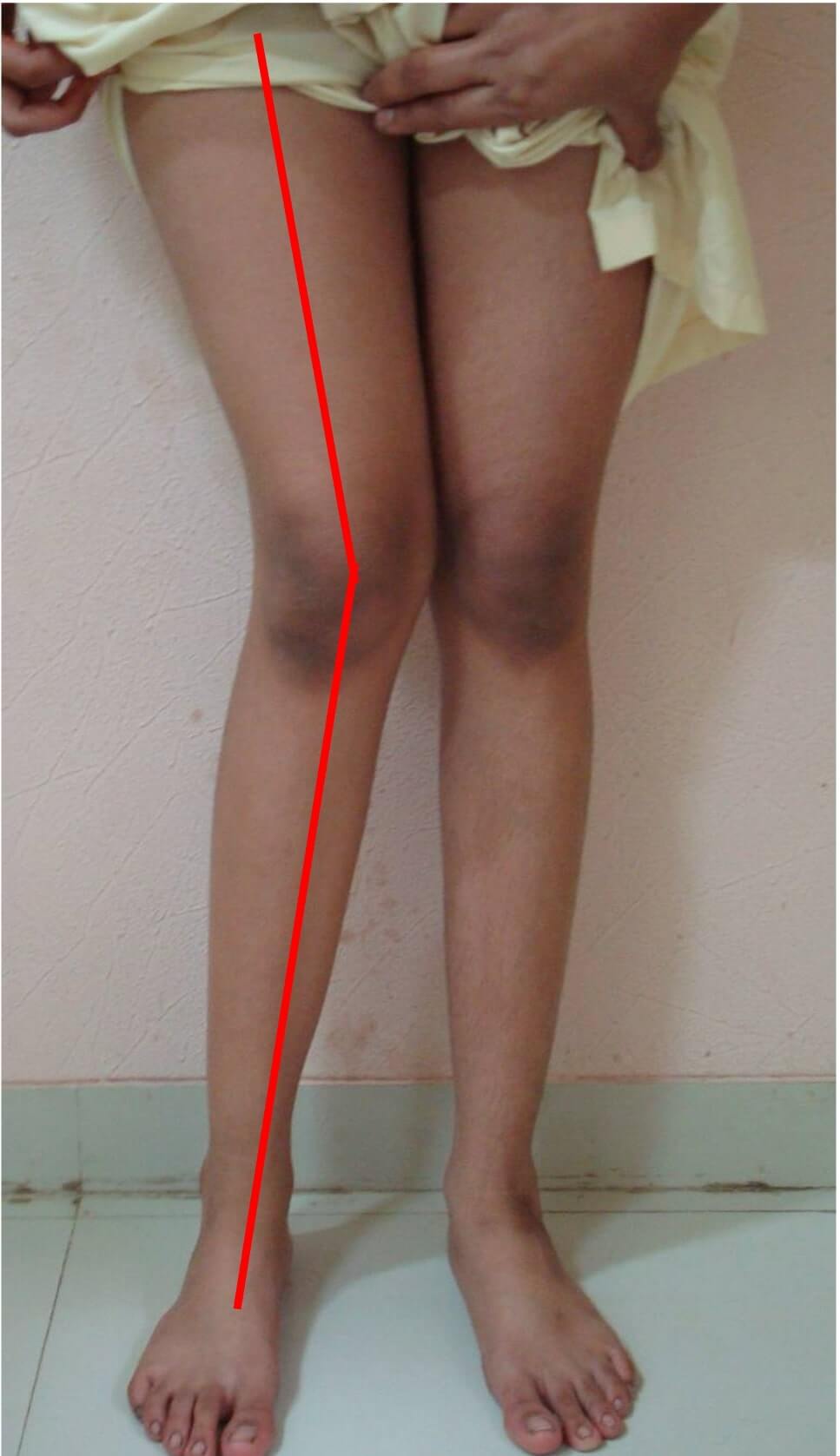
Figure 1: Right knee genu valgum (knock-knees) deformity. Note the outward deviation of leg with respect to thigh.
What is Osteotomy Surgery?
Osteotomy is a surgical procedure designed to correct deformities in the bone structure. In the context of knock knees, the surgery involves carefully cutting and repositioning the bones of the knee to improve alignment. Osteotomy aims to redistribute weight-bearing forces across the joint, reducing stress and mitigating the symptoms associated with knock knees.
What are the benefits of osteotomy for Knock Knees?
1. Improved Joint Alignment: Osteotomy corrects the misalignment of the knee joints, improving overall leg alignment and function.
2. Pain Relief: By redistributing forces on the knee joint, osteotomy can alleviate pain and discomfort associated with knock knees.
3. Preservation of Joint Function: Osteotomy aims to preserve joint function and prevent further deterioration, particularly in cases where knock knees have led to joint damage.
4. Enhanced Mobility: Patients often experience improved mobility and stability after undergoing osteotomy, allowing them to engage in physical activities with greater ease.
What are the steps of osteotomy surgery?
1. Preoperative Evaluation: Before surgery, your orthopedic surgeon will conduct a thorough examination, including imaging studies, to assess the severity of the knock knees and plan the surgical approach.
2. Anesthesia: Osteotomy is typically performed under general anesthesia, ensuring that the patient is comfortable and pain-free throughout the procedure.
3. Bone Cutting and Repositioning: The surgeon carefully cuts and repositions the bones to achieve the desired alignment, often using specialized instruments and guided by preoperative planning.
4. Stabilization: Once the bones are repositioned, they are stabilized with screws, plates, or other fixation devices to promote proper healing (Figure 2).

Figure 2: Osteotomy for genu valgum (knock-knees) deformity in a 15 years old female child. Note the correction of lower limb axis after surgery
Recovery and Rehabilitation:
1. Hospital Stay: Patients may need to stay in the hospital for a few days following the surgery to monitor initial recovery and manage pain.
2. Physical Therapy: Rehabilitation is a crucial aspect of the recovery process. Physical therapy helps restore strength, flexibility, and functionality to the knee joint.
3. Gradual Resumption of Activities: Patients will gradually resume weight-bearing activities under the guidance of their healthcare team. Full recovery may take several weeks to months, depending on the individual and the extent of the surgery.
Conclusion:
Osteotomy surgery for knock knees is a well-established and effective procedure that offers relief to individuals struggling with the challenges of misaligned knee joints. If you are considering this surgery, it is essential to consult with an orthopedic surgeon who can provide personalized advice based on your specific condition.
By taking this proactive step, you can embark on a journey towards improved joint alignment, reduced pain, and enhanced overall quality of life.
_ By Dr Sandeep Vaidya, Paedictric Orthopaedic Surgeon, Pinnacle Orthocentre Hospital.
For more information, mail drsvvaidya@gmail.com/ call 7028859555.

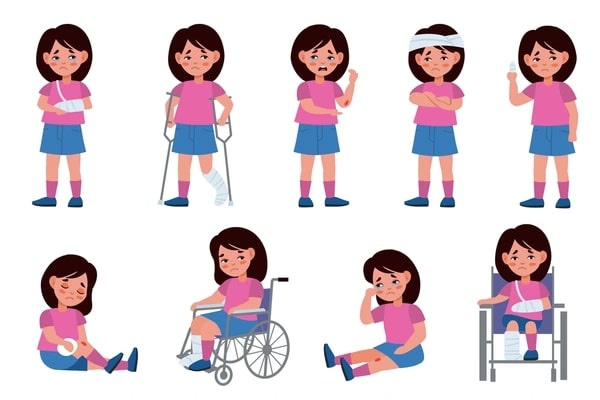
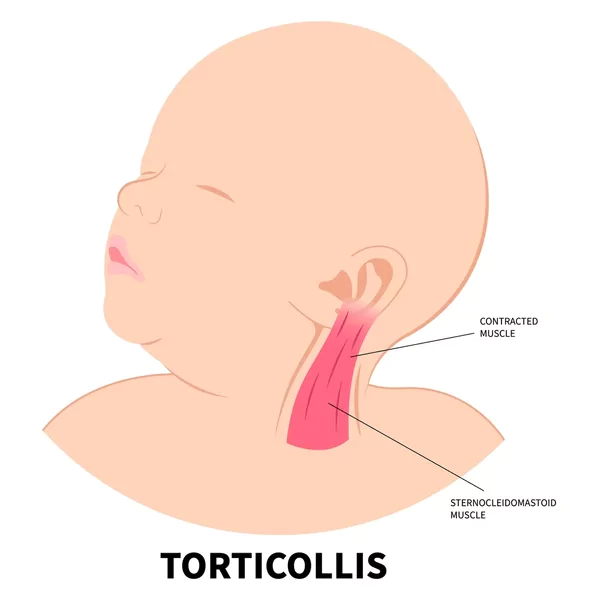
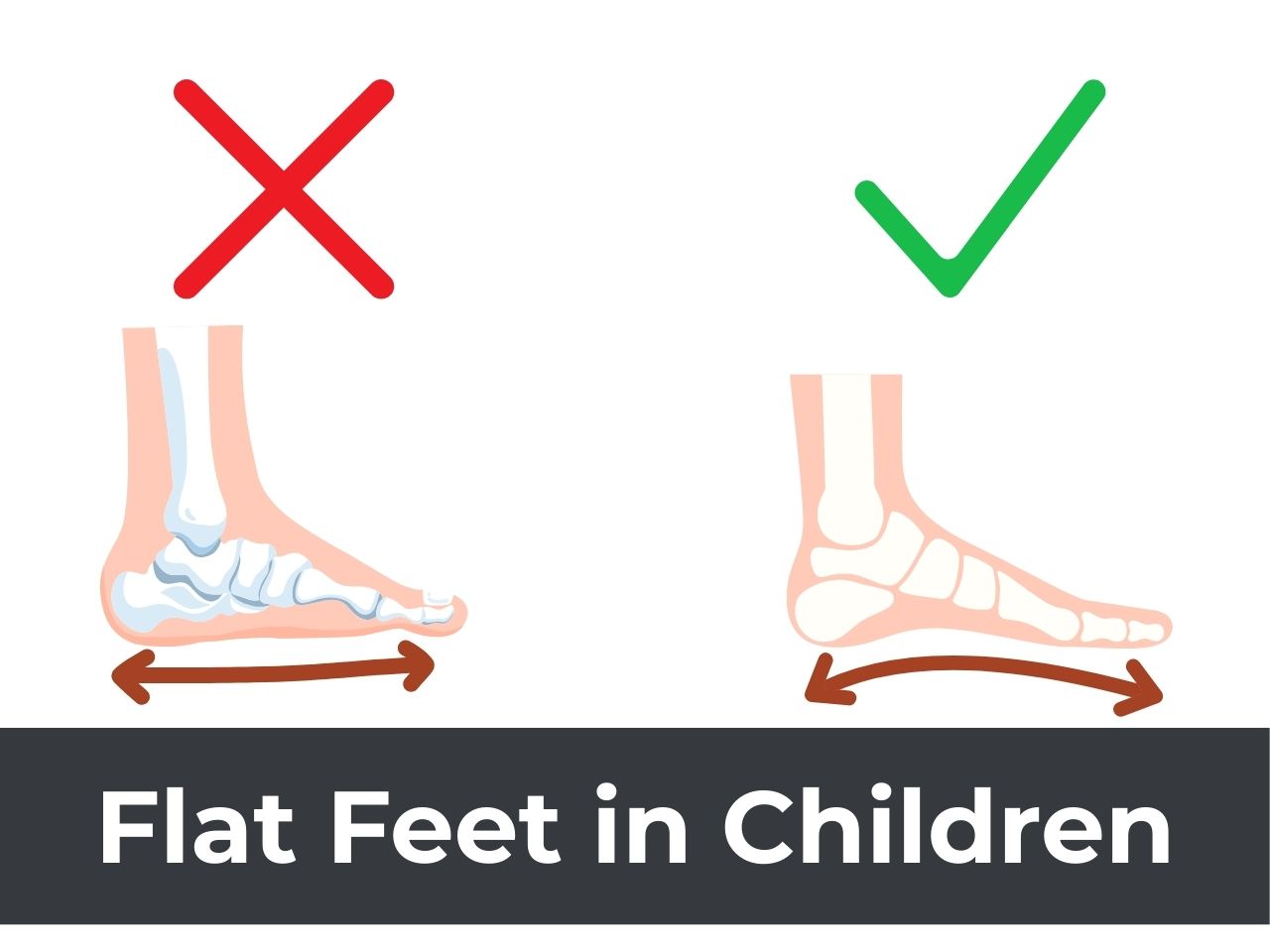

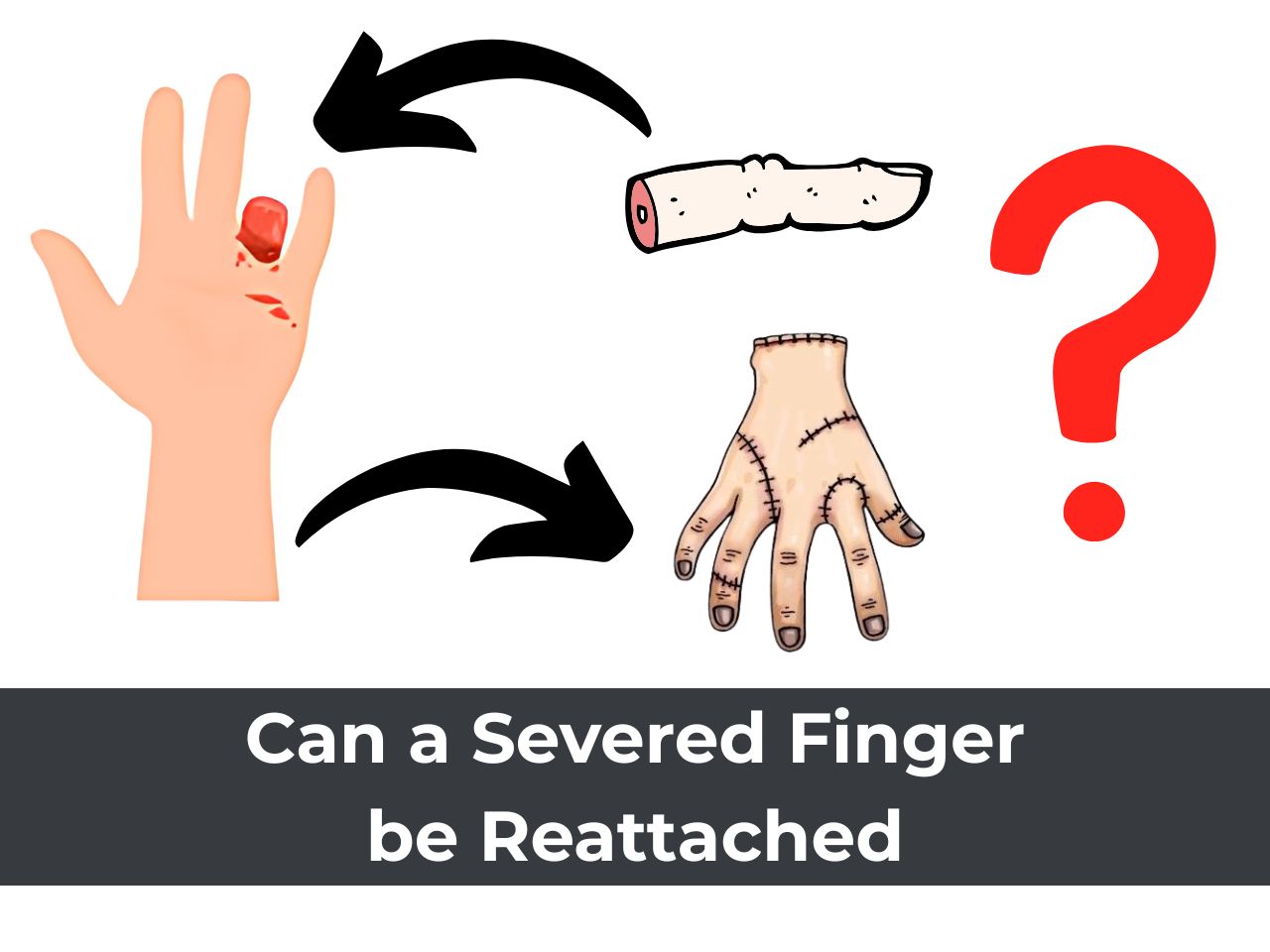
0 Comments